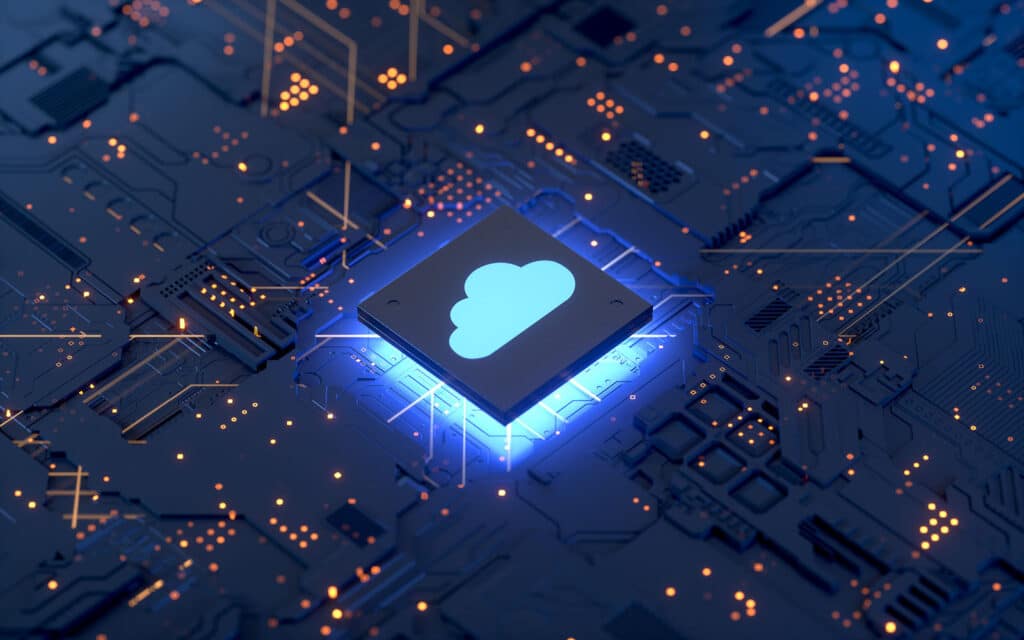In 2018, the global public cloud computing industry was expected to expand by more than 21%, to $186.4 billion. This expansion has a lot of advantages, but it also has several shortcomings. While cloud storage has several benefits for today’s businesses, there are many precautions to take. According to a report, data breaches caused by cloud misconfigurations ended up costing about $3.18 trillion in 2019 for companies.
To securely transition and extend activities to the cloud, organizations must implement protective steps like security least privilege. And to better invest in cloud security, you first need to identify the potential threats to it.
1. Data Leaks
Data breaches are becoming increasingly common as the cloud grows in popularity, and this is a severe issue, mainly when the data in question is essential or even private.
A data breach may have disastrous effects for a company: lost clients decreased turnover and image degradation. After the General Data Protection Regulation (GDPR) enforcement, once the company’s fault for the data loss is proven, it may often be followed with severe financial penalties!
To avoid such data leakages, a business needs to have a more robust protection system such as least privilege to take complete control of all the data operations and to ensure hackers get no security loopholes,
2. Phishing
The most prevalent threat vector still is email. Indeed, phishing emails are used in over 90% of active cyber attacks. Cybercriminals use phishing emails to trick victims into sending payloads through harmful email attachments or URLs, gathering passwords via bogus login pages, or scamming the system via identity theft. Modern phishing threats, on the other hand, are becoming more advanced and also highly focused.
Phishing is progressing in tandem with the adoption of SaaS messaging (e.g., Office 365 or G Suite) and other apps, and it is now targeting the cloud. Since users must register themselves to access their accounts, cloud systems form the next target for phishing.
It’s simpler for disaster response teams to isolate ransomware and avoid spreading if computers only have the restricted access needed with the principle of security least privilege.
3. Access Management
One of the critical risks to cloud storage services is how companies employ them rather than a function of the systems themselves. The rising number of cloud vendors offering massive free subscription plans lowers costs and allows even small businesses to migrate their whole data to the cloud. It is mainly achieved without proper consideration of access policies. So, the solution is the privileged management account.
Privileged users log in via PAM and request or assume entry to the privileged user profile. This connection is logged and is only granted to perform individual tasks. PAM users are typically asked to have a business rationale for using the account to maintain security.
4. Lack Of A Security Strategy
One of the most challenging facets of migrating infrastructure to the public cloud is a security strategy. It is because standard on-premise infrastructure protection approaches are unsuitable for cloud environments.
Hackers will quickly launch active cyber assaults if security isn’t up to par. They may result in financial damages, reputational harm, or even legal consequences and penalties for the business.
5. Account Hacking
Cybercriminals can quickly obtain access to profiles with the maximum rights or access the most confidential details by using the account “hijacking” techniques. This danger extends to the accounts of the different cloud providers that your company uses.
If an intruder successfully gains access to a database, he would have complete control of it. He’ll be able to use the account’s features, records, and applications as well. As a result, the consequences may be disastrous, especially if the attacker tries to delete data or other resources. Businesses can avoid these data losses while leveraging the accounts with the least privileged security features.
Here, the least privileged security feature may work well. It reduces the risk of non-human usage of data by limiting access and constructing authentication barriers at each crucial point.
6. New Malware And Zero-Day Attacks
SaaS apps, particularly file storage and sharing services, have emerged as a critical vector for the spread of malware and zero-day ransomware. As per a report, 44 percent of businesses who went digital have malware in at least one of their cloud services. Attacks in SaaS settings are challenging to detect and avoid since they may occur without the users’ knowledge.
Bottom Line:
When selecting a reputable cloud service, you should follow expert tips about improving your networks’ reliability. It is invaluable and always makes a huge difference.






